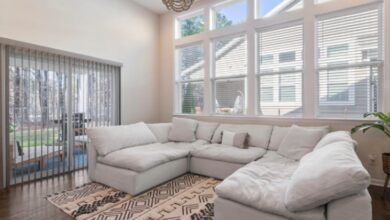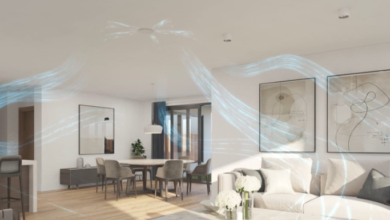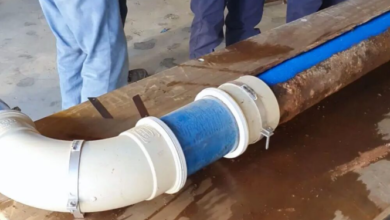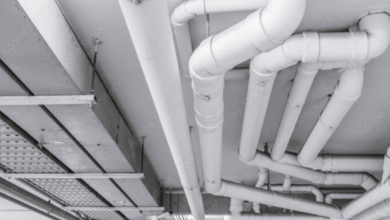Skirting Innovations: Exploring the Fresh World of Baseboards

In the grand scheme of interior design, baseboards—also known as skirting world may seem like minor characters in the story of a space. However, these architectural elements play a pivotal role in defining the aesthetic and functional aspects of rooms. Traditionally designed to protect walls from scuffs and provide a clean transition between wall surfaces and flooring, baseboards have evolved. Today, they stand at the crossroads of innovation and design, transforming mundane spaces into captivating environments. This article dives into the fresh world of baseboarding, uncovering the latest trends and innovations that are redefining this often overlooked design element.
The Evolution of Baseboards
Gone are the days when baseboards were purely utilitarian, chosen without much thought beyond their protective function. Modern interior design has elevated the status of baseboards, recognizing them as key design elements that can enhance the overall look and feel of a space. From minimalistic styles that blend seamlessly with contemporary decor to ornate designs that echo the grandeur of classical architecture, baseboards are now available in an array of styles, materials, and finishes.
Material Innovations
One of the most exciting developments in the world of baseboards is the diversification of materials. While wood remains a classic choice, offering warmth and natural beauty, new materials are gaining popularity for their durability, ease of maintenance, and versatility.
MDF (Medium Density Fiberboard): MDF baseboards are cost-effective and can be easily painted to match any decor. They’re an excellent choice for spaces where moisture and temperature fluctuations are a concern, as they resist warping better than solid wood.
PVC and Vinyl: Ideal for bathrooms, kitchens, and other high-moisture areas, PVC and vinyl baseboards are waterproof and mold-resistant. These materials offer the flexibility of design and are available in a range of colors and textures, including options that mimic the look of wood.
Metal: Metal baseboards, particularly aluminum and stainless steel, add a sleek, modern edge to spaces. They are exceptionally durable and can create a striking contrast when paired with traditional materials like wood or stone.
Design and Aesthetic Trends
The design of baseboards is evolving to meet the demands of modern aesthetics and personal tastes. Here are some of the latest trends:
Taller Baseboards: Taller baseboards are making a statement in contemporary interiors. They draw the eye upward, enhancing the perceived height of rooms, and add a touch of elegance and grandeur.
Sleek and Minimalistic: As minimalism continues to dominate interior design, baseboards are following suit. Simple, clean lines and monochromatic color schemes create a streamlined look that complements modern decor.
Intricate Details: On the other end of the spectrum, ornate baseboard designs are gaining popularity in traditional and transitional interiors. These include intricate carvings, beading, and other decorative elements that add depth and character to rooms.
Read also: From Home to Anywhere: Everything You Need to Know About International SIM Cards
Innovative Features
In addition to materials and design, baseboards are also incorporating innovative features that enhance their functionality. Here are some examples:
Built-in Lighting: LED strip lights can now be incorporated into baseboards, providing an ambient glow that adds warmth and dimension to a space. This feature is particularly useful in areas with limited natural light.
Hidden Outlets: Baseboards can serve as a clever disguise for electrical outlets, eliminating the need for unsightly power strips and cords. This not only creates a cleaner look but also helps to keep outlets out of reach from small children.
Wire Management: With the increasing number of electronic devices in homes, wire management has become a top priority for many homeowners. Some baseboards now come with built-in wire channels that keep cords and cables neatly tucked away.
Conclusion
Baseboards are no longer just an afterthought in interior design. They have evolved to become a key component in creating visually appealing and functional spaces. With the diverse range of materials, designs, and features now available, baseboards offer endless possibilities for elevating the look and feel of any room. So next time you’re renovating or redecorating, don’t overlook the potential of baseboards to add that finishing touch to your space. So go ahead and make a statement with skirting innovations!




